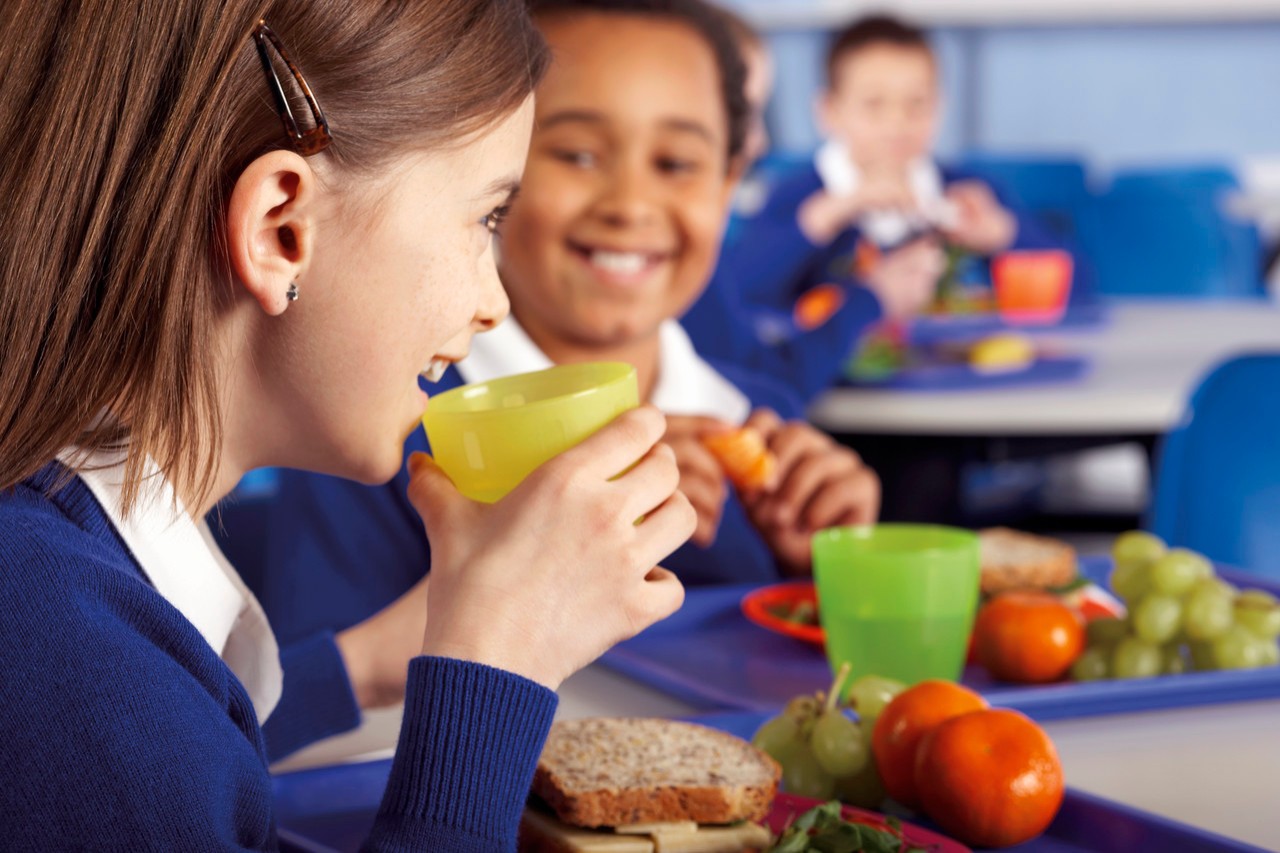Healthy Lunches That Kids Will Actually Eat

Providing healthy lunches for your kids at school that they like helps ensure they’ll eat them and get the nutrition they need to support learning.
We’ve all experienced brain fog from eating something that makes us sleepy, or an inability to concentrate because we’re hungry. It’s no different for kids.
Studies show that good nutrition is essential for learning. But if you’re a kid sitting in a classroom, there aren’t many options to counteract the effects of an inadequate breakfast or lunch.
That’s why parents and other caregivers need to make sure they’re providing nutritious food at every meal. And for the meals and snacks you can’t supervise — the ones your kids eat at school — you need to be sure you’re providing something they will actually eat.
What the person packing the lunch thinks the child likes can be very different from what the child actually likes, observed Kristi King, MPH, RDN, LD, senior pediatric dietitian at Texas Children's Hospital. But you can address this. Together with your child, figure out what she likes and will eat.
YOU MIGHT ALSO LIKE: More Reason to Think Sugar Is Bad for Your Kids
How to provide healthy lunches for kids
King suggests creating a simple table on a piece of paper with columns for a main dish or protein source, fruit, vegetables, and an "extra” column for things like yogurt or string cheese. Then ask your child what foods from each category she’d like in her lunch and fill in the columns. Have a variety of items from each column on hand during the week for lunches and snacks. When making the lunch, tell your child she’s going to have something from each of the columns, and ask her what she wants that day.
You can modify the list as your child’s tastes and interest change, but having it makes crunch times before bed or in the morning easier.
“It’s going to make the child excited about eating lunch, and, if they’re old enough, they can actually help pack it or make it themselves,” King said. “A lot of times we get really busy and so we just kind of throw the lunch in there and send the child off to school, and, unfortunately, sometimes it’s not what the kid really wants to eat. We want to make sure that they’re eating so they’re concentrating on the board and not on their tummies growling.”
King said a good lunch should have a protein source, a fruit, a vegetable, and some sort of whole grain; if you can get dairy in there, all the better. The fiber in the whole grains, fruits, and vegetables are important to keep your child feeling full, but the carbohydrates in these foods are also important.
“Carbohydrates are what our brain uses for energy, so we want to make sure that we’re getting those good sources of carbohydrates so your child can think for the rest of the afternoon,” King said.
It’s definitely OK, she said, to put a treat in there every now and then, but it doesn’t need to be every day. And if it’s a day when your child has a test or other challenge, don’t forget a note.
“Every kid likes to get an ‘I love you’ note in their lunch,” King said. “It doesn’t have to do with nutrition, but it does have to do with the soul.”
Making the most of school lunches
Sometimes packing healthy lunches for kids every day isn’t an option, or maybe your child prefers eating the school lunch.
“I think they’ve made some great changes as far as the regulations for school lunch,” King said. The recently revised school lunch program provides foods low in saturated fat, avoids trans fats, increases fruit and vegetable servings, and provides low-fat or fat-free milk.
The program provided low-cost or free lunches to 29.6 million children each school day in fiscal year 2019, at a total cost of $14.2 billion, before the COVID-19 related shutdowns. During the pandemic, special rules allowed more children to get free lunches.
Parents need to discuss choices with their children, especially if they have allergies or other health considerations.
The school lunch menu is usually posted online or sent home in paper form. Go through the menu and help your child figure out what they’re going to choose on a particular day. That way, they know exactly what they’re looking for as they go through the line, and parents know it’s going to be healthy for them, King said.
The importance of healthy snacks for kids
“Snacks are actually very, very important, especially for growing children, and a lot of times parents forget that,” King said. A snack should be about 100 to 200 calories and made up of two different food groups. For example, a banana with 1 tablespoon of peanut butter, or a medium-sized apple with a string cheese stick. Ideally, the snack should provide protein and fiber to help children feel full until their next meal — especially important if they have sports or another after-school activity.
Go through the same process of choosing snacks you follow for choosing lunches. It doesn’t have to sound like it goes well together — if your child wants it, and likes it, and it’s nutritious, then go ahead and let them eat it. “Sometimes kids get creative,” King said.
Don’t forget the water
Finally, make sure you include water with lunches and snacks. If your child is eating the school lunch, send them with a water bottle. Staying hydrated is important to help kids think, stay full, and maintain a good mood.
“A lot of times we think we’re hungry and we’re actually dehydrated,” King said. The proper amount of water consumption depends on your child’s age and how much they weigh, but a regular school-age child should drink a minimum of about 42 ounces per day.
Updated:
June 28, 2022
Reviewed By:
Janet O’Dell, RN